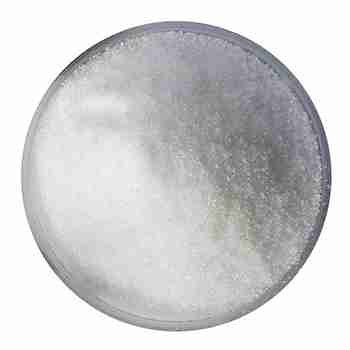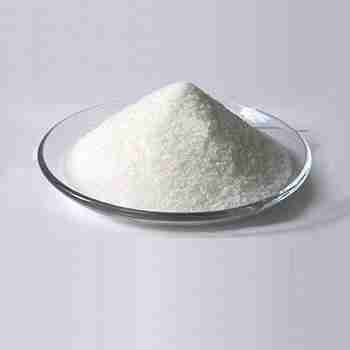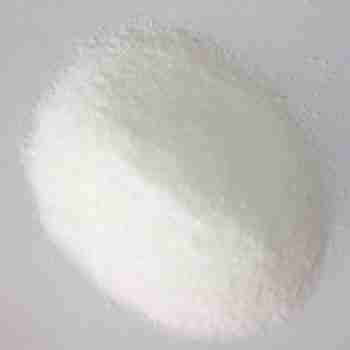L-carnitine-L-tartrate powder CAS 36687-82-8
Appearance: White or off-white Crystalline Powder
Asay: L-Carnitine 68.2??1.0%???L-Tartaric acid 31.8??1.0%
Packaging: 25kgs per drum
Capacity: 600MT/year
Sample: Available
related documents:
COA for L-carnitine L-tartrate cas 36687-82-8
Request for product documents
发送询盘
Description
L-carnitine-L-tartrate powder
L-carnitine-L-tartrate?Quick Details
Chemical Name: L-carnitine-L-tartrate
CAS No.: 36687-82-8
Molecular Fomula:? C11H19NO8
L-carnitine-L-tartrate Structure:
Molecular weight:?293.27
Appearance: White or off-white Crystalline Powder
Asay??L-Carnitine 68.2??1.0%???L-Tartaric acid 31.8??1.0%
L-carnitine-L-tartrate Typical Properties
Check Item
Specification
?
Identification
In accordance with the IR absorption spectrum of the standard
Appearance
??White or off-white Crystalline Powder
?Particle size?(mesh)
Through 20mesh
Specific rotation
-9.5~ -11.0??
PH
3.0~4.5
Water
??0.50%
Residue on ignition
??0.50%
Residual?solvents?(Ethanol)
??0.5%
Solubility
Clarification
Cyanide
Non?detectable
Heavy metal
??10ppm
Arsenic (As)
??1ppm
Lead ??Pb??
??3ppm
Cadmium (Cd)
??1ppm
Mercury ??Hg??
??0.1ppm
TPC
??1000Cfu/g
Yeast & Mold
???100Cfu/g
E.Coli
Negative
Salmonella
Negative
L-Carnitine
68.2??1.0%
L-Tartaric acid
31.8??1.0%
bulk density
0.4-0.7g/ml
tapped density
0.5-0.9g/ml
L-carnitine-L-tartrate usage
It can be used as a nutrient fortifier, medicine, especially for solid preparations. Application L-carnitine tartrate is the ideal form of L-carnitine application, suitable for solid preparations, especially for tablets and capsules. L-carnitine tartrate is widely used in health care products, food and cosmetics industries.
L-carnitine-L-tartrate Packaging and Shipping
25kgs per drum
L-carnitine-L-tartrate?Storage
Dry coll stock
| 5 |
|
0 |
| 4 |
|
0 |
| 3 |
|
0 |
| 2 |
|
0 |
| 1 |
|
0 |
- 2
- 2-diallylpent-4-en-1-amine
- 4
- 95-16-9
- Ammonium sulfamate
- Benzothiazole
- cas:67889-00-3ح2
- cas:83524-75-8 | pigment black 32
- cas:928836-00-4 | 2
- cas:932745-70-5 | 4
- Chemical Minerals
- Coconut diethanolamide
- Daily Chemicals
- discount
- for sale
- General pvc resin
- hexyl D-glucoside
- in stock
- Lauramidopropyl betaine
- LAURIC ACID MONOETHANOLAMIDE
- Petroleum Additives
- Plasticiser
- Ploymers
- price
- PVC
- quotation
- Raw Materal
- Remove term: Petroleum Additives Petroleum Additive
- SODIUM ETHYL 2-SULFOLAURATE
Related Products
EC 3.4.21.14, previously classified, now redirects to EC 3.4.21.67, identifying endopeptidase So. This serine endopeptidase is integral in the hydrolysis of peptide bonds, a critical function in biological systems. Its applications extend across research and development in the pharmaceutical and biotechnological industries.
Hydrolyzed keratin is originated from wool and is a light yellow to brownish-yellow clear fluid with a particular smell. It needs to undertake unique organic treatment to come to be brief peptides prior to it can be naturally used. Treated keratin is an acknowledged prospective resource of high-quality healthy protein with high nutritional value and secure quality.
It is a keratin hydrolysate derived from acid, enzyme and other hydrolysis methods, and has been used in feed and food industry, pharmacy, fertilizer, pesticide, environmental protection, leather industry, cosmetics and many other fields. Specifically, the material can be blended with polyamide 6 to prepare nanofibers for adsorbing chromium (VI). In addition, the compound can be used as an effective ingredient in the manufacture of shampoo, shower gel and shower gel. In addition, the chemical can be used as an effective ingredient in the production of deodorization compositions. In addition, the substance has been proven to be useful as a hair styling agent.
Polyglutamic acid (y-PGA), also known as natto gum, is a high molecular peptide polymer synthesized from several glutamic acid monomers through microbial fermentation. It is rich in glutamic acid, glucose, protein and minerals. , vitamins and other biologically active substances.
Polyglutamic acid (??-PGA) is a sticky substance that was first discovered in ??Natto??. It is currently widely used in agricultural production and is called a new biostimulant. It is fully water-soluble, biodegradable, edible, and non-toxic. It is a biopolymer produced by microbial fermentation.
Chemical Name: 1,1,2,2-Tetrachloroethane
Other Name: Tetrachlorethane
CAS No.: 79-34-5
Molecular Formula: C2H2Cl4
Molecular Weight: 167.85
Appearance: Liquid
EC 3.4.21.14, previously classified, now redirects to EC 3.4.21.67, identifying endopeptidase So. This serine endopeptidase is integral in the hydrolysis of peptide bonds, a critical function in biological systems. Its applications extend across research and development in the pharmaceutical and biotechnological industries.
Chemical Name: Dehydrocholic acid
Synonyms: Acide dehydrocholique; Triketocholanic acid
CAS No.: 81-23-2
Molecular Formula: C24H34O5
Molecular Weight: 402.53
Appearance: Powder
Hydroxyproline is a non-essential amino acid divided from another amino acid called proline. It is created by the communication of proline with ascorbic acid vitamin C. This process produces a hydroxyl team bound to a hydrogen-oxygen particle, which is affixed to a carbon particle of proline as well as converted to hydroxyproline.Trans-4-hydroxy-l-proline is an optically energetic form of 4-hydroxyproline with l-trans setup. It can be used as human metabolite, plant metabolite and also computer mouse metabolite. It is an tautomer of trans-4-hydroxy-l-proline zwitterions.
Ectoine is a naturally occurring osmoprotectant, a cyclic amino acid derivative that offers exceptional cell-stabilizing properties. Highly valued in cosmetics and pharmaceuticals, it enhances product efficacy by maintaining cell integrity under various environmental stresses.
Chemical Name:?UDP-Glucuronic Acid Trisodium
CAS No.: 63700-19-6
Molecular Fomula: C15H23N2NaO18P2
Molecular weight: 604.28
Appearance: Solid
Assay: 98%
Chemical Name: Choline salicylate
CAS No.: 2016-36-6
Molecular Formula: C12H19NO4
Molecular Weight: 241.28
Appearance: Red-Brown Crystal
Chemical Name: UV-120
Other Name: (2’,4’-Di-tert-butylphenyl 3,5-di-tert-butyl-4-hydroxybenzoate)
CAS No.: 4221-80-1
Molecular Fomula: C29H42O3
Molecular weight: 438.66
Assay: ≥99%(LC)
Chemical Name:?UDP-glucuronic acid
CAS No.: 2616-64-0
Molecular Fomula: C15H22N2O18P2
Molecular weight: 580.28
Appearance: Solid
Assay: 98%


















Reviews
There are no reviews yet.